Grass Buffers (Vegetated Open Channel)
Purpose/Function:
Grass buffers help filter nutrients, sediments and other pollutants from runoff, as well as provide cover and nesting habitat for wildlife.
Initiation protocol:
Contact the local Soil Conservation District or University of Maryland Extension for assistance. The desired area is seeded and stabilized with grass species to hold soil in place. Runoff water flows through the grass rather than tearing soil away and forming a gully through the process of erosion.
Public acceptance:
This practice is one of the most widely accepted practices as they are simply planted drainage contours and look and function much like a residential lawn with a gentle slope.
Implementation Factors (level of difficulty):
Easy. Most operators and landowners have the necessary equipment to sculpt and plant these areas in the agricultural sector.
Funding Sources / Options:
Cost-share grants are available to plant grassed buffers through the Maryland Agricultural Water Quality Cost-Share (MACS) Program and the U.S. Department of Agriculture’s Conservation Reserve Enhancement Program (CREP).
Costs:
Costs estimated as $ per acre of practice installed.
| Cost Estimates | EPA | MDA | MDE | Average |
| Initial | $430 | $260 | $377 | $355.67 |
| Annual | $170 | $170 | $185 | $175 |
| Lifespan (yrs) | 10 | 10 | 10 | 10 |
| Annualized | $213 | $196 | $222.70 | $210.57 |
Load Reduction Efficiency:
Average Total Nitrogen removed per acre of practice per year
|
Low 16.71 lbs. |
Medium 25.19 lbs. |
High 59.44 lbs. |
Cost per pound removed = $4 and $13
Average Total Phosphorous removed per acre of practice per year
|
Low 0.87 lbs. |
Medium 1.24 lbs. |
High 2.42 lbs. |
Cost per pound removed = between $87 and $242
Average Total Suspended Solids removed per acre of practice per year
|
Low 138 lbs. |
Medium 211 lbs. |
High 1,054 lbs. |
Cost per pound removed = $0.20 and $1.53
Operation & Maintenance:
Lift planting implements off the ground and turn off spray equipment (herbicide) when crossing. Do not use the buffer as a roadway. Mow periodically, but wait until after August 15 to allow young birds to leave the nest. Maintain the width of the grass area when tilling surrounding fields.
Climate Change Considerations:
Grass buffers have been shown to sequester 440 pounds of carbon per year.
Planning Questions to Consider:
Is major land reshaping needed? Is there a proper outlet for surface runoff at the bottom of the waterway? Are soil conservation measures installed to prevent siltation? Will tile drainage be necessary to establish vegetation in the waterway?
Technical Notes:
If feasible, plant across the slope to reduce erosion. A temporary cover or mulch may be necessary until permanent cover is established.
Helpful Links:
Local Project Examples:
Description: Project supported funding for salary, contractor costs and supplies associated with the establishment of over 37 acres of riparian grass buffers in Dorchester County, Md.
Funding Source: Chesapeake Bay Trust
Cost: $40,000
Description: This pilot program promotes the innovative use of native grass buffers that filter nutrient and soil runoff to agriculture ditches in key sub-watersheds of the Nanticoke and Pocomoke rivers. Farmers can install adaptable width buffers with three-year maintenance contracts. The goal is to influence government cost-share programs by meeting both farm needs and conservation. Water quality monitoring was conducted at key drainage areas.
Funding Source: Chesapeake Bay Trust
Cost: $25,426.00
Related Best Management Practices
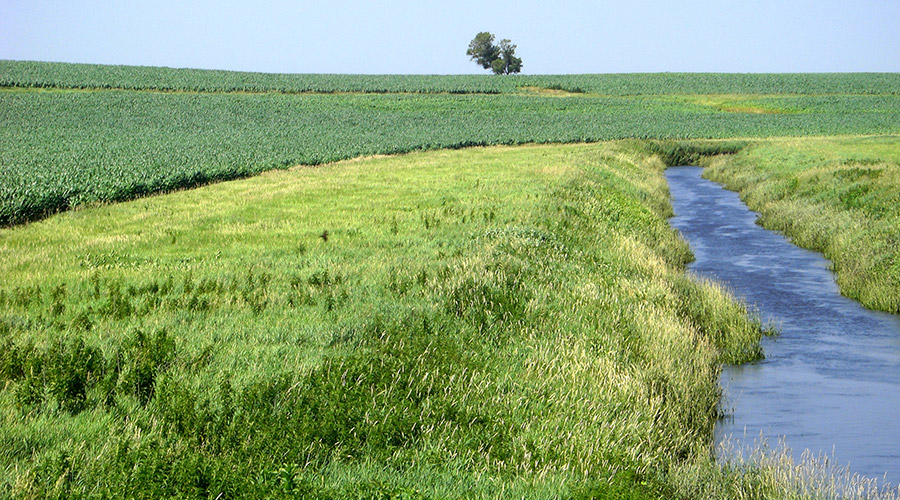
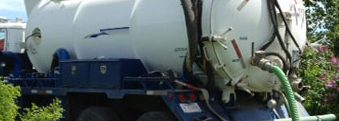


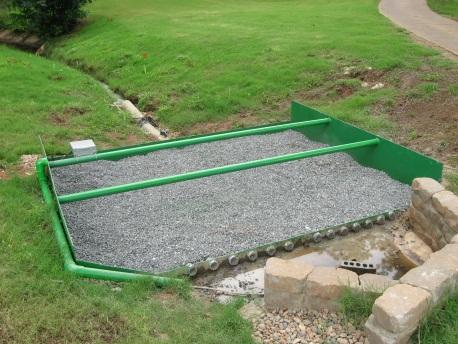
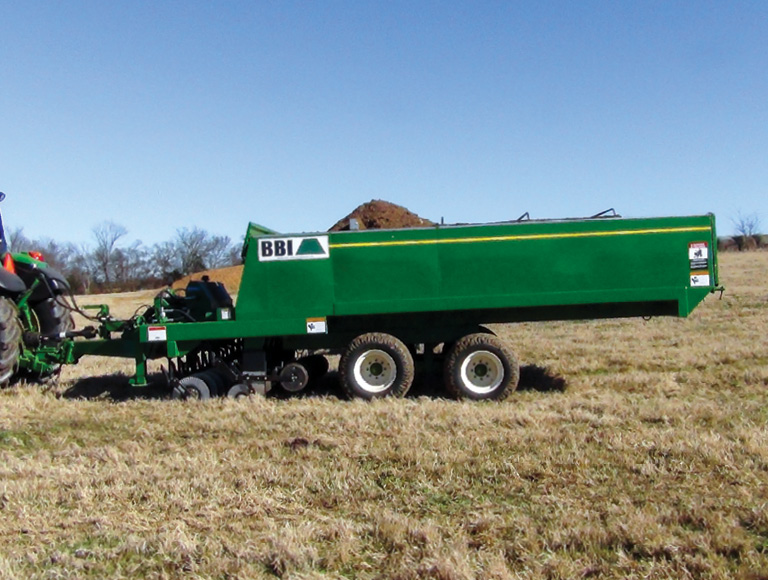
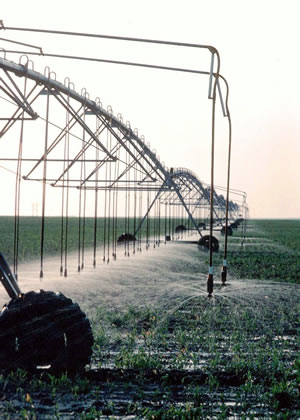
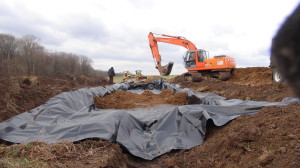
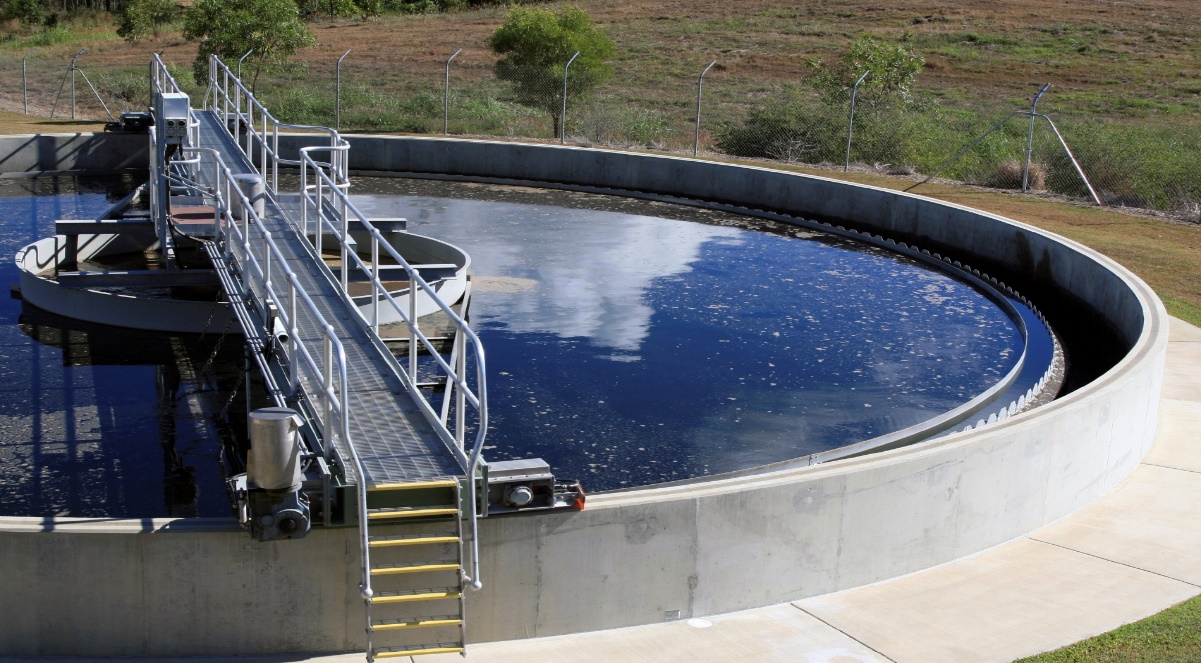


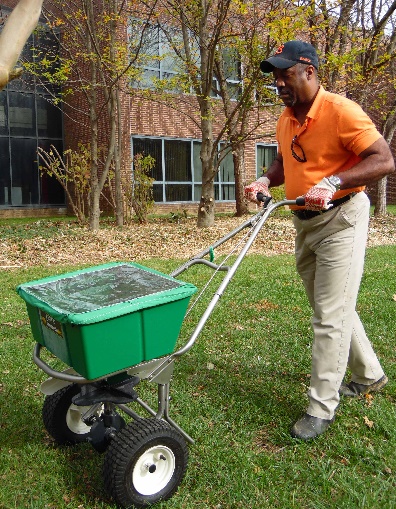

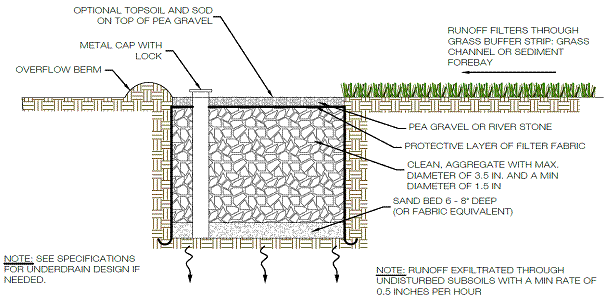
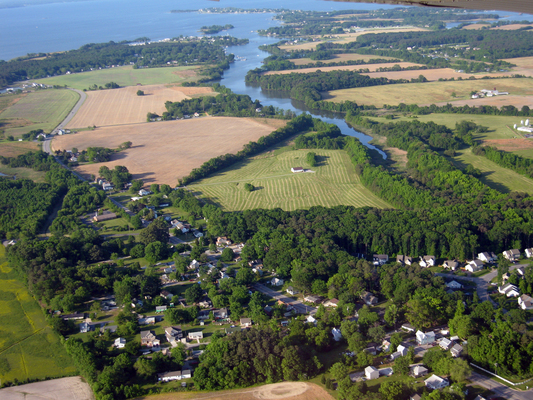
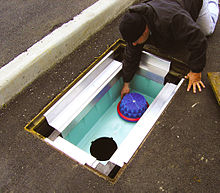
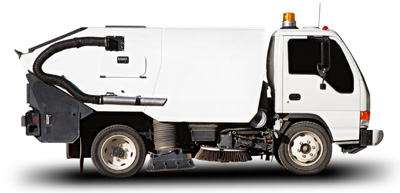
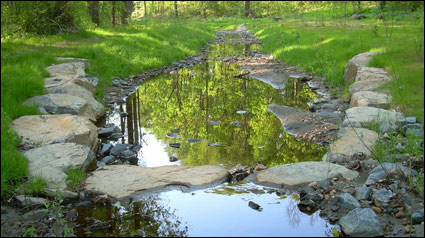
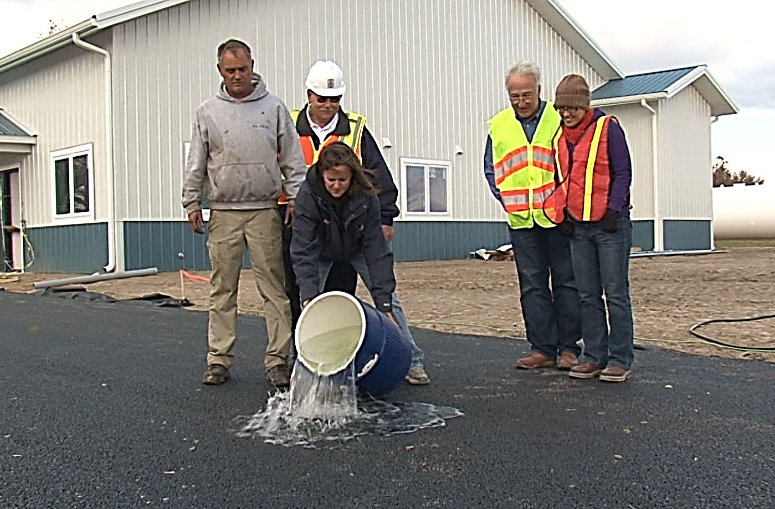
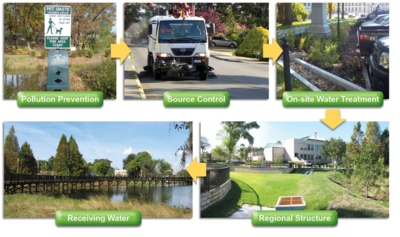
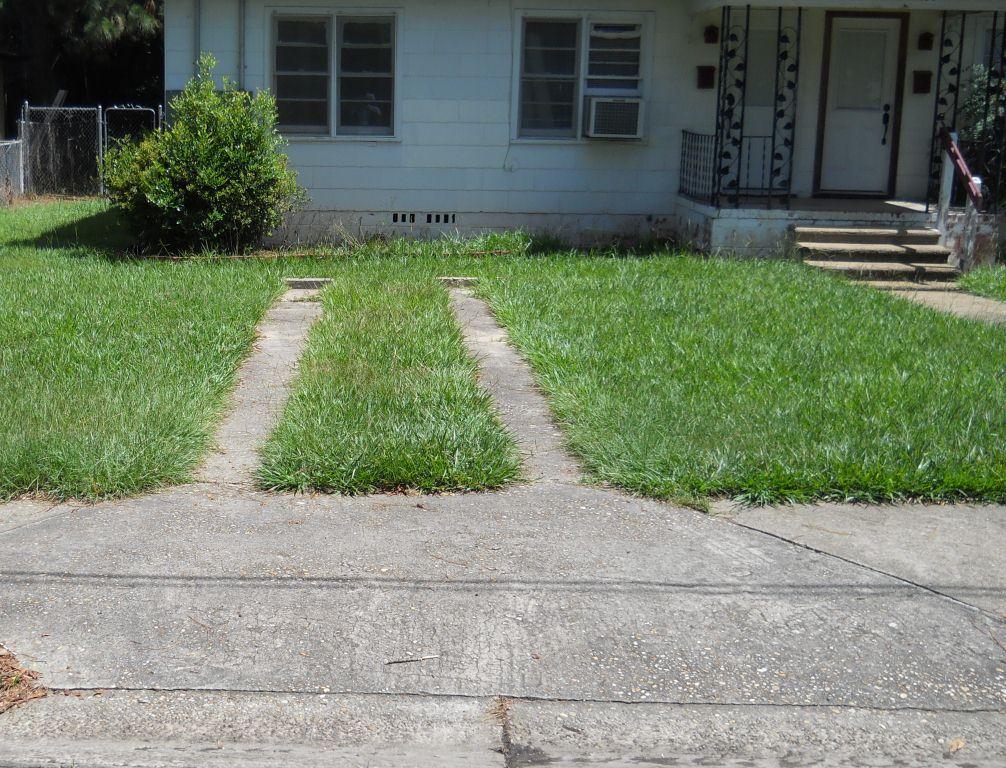
Feedback on This Best Practice